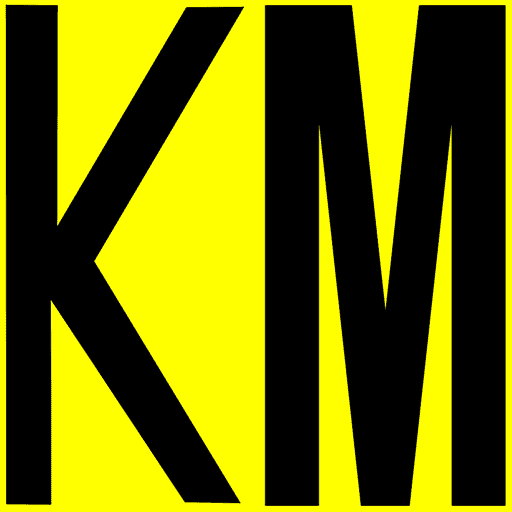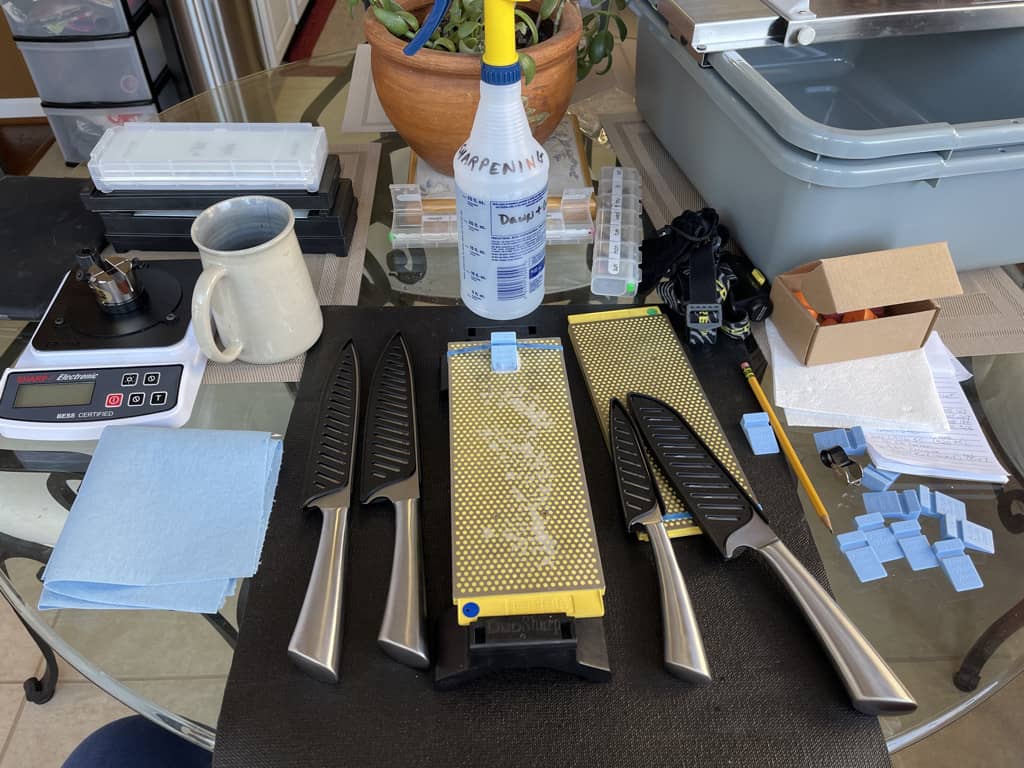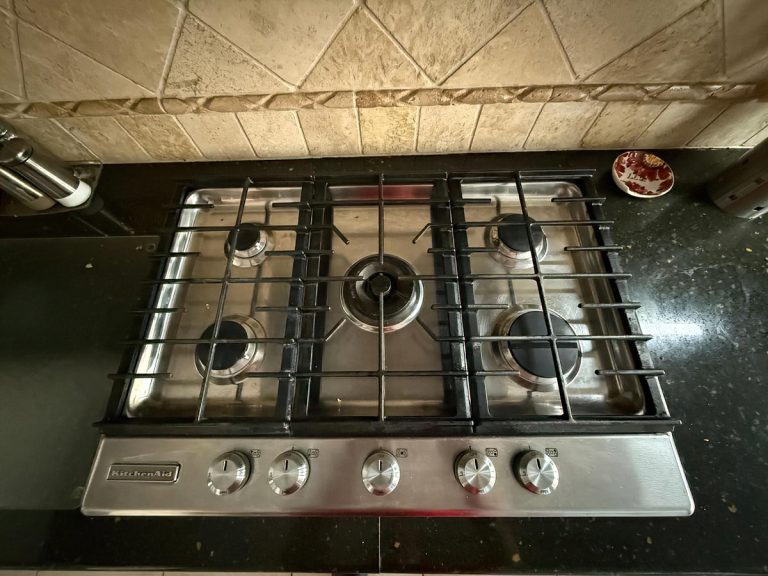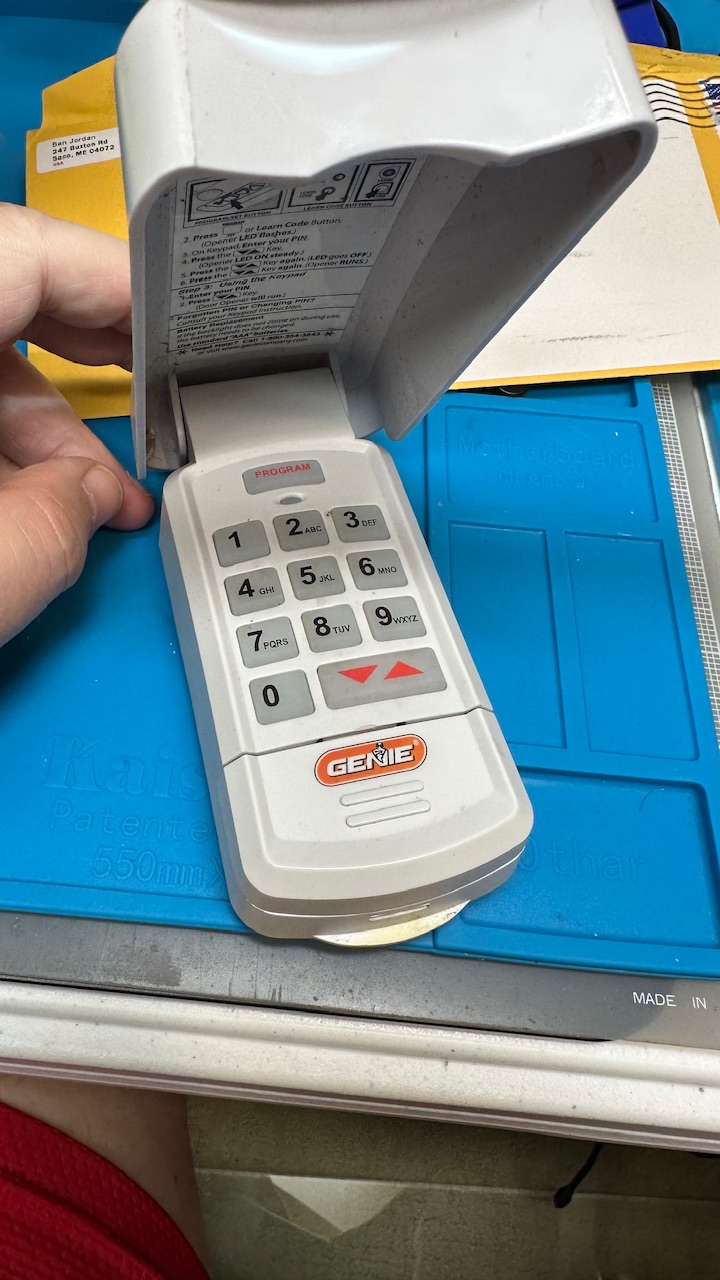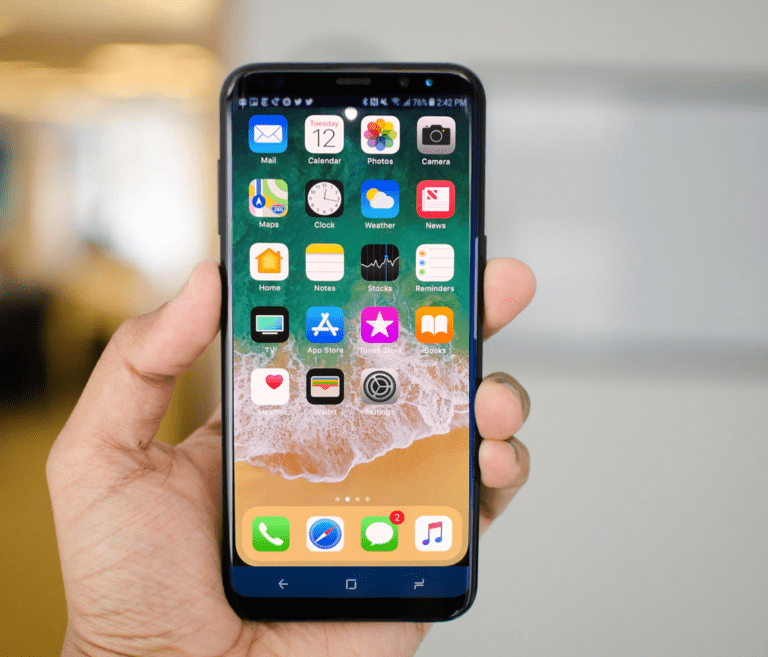I saw a question the other day by a young person. Their observation was that since sharpening systems such as Wicked Edge, Edge Pro, Landsky, etc., are so effective and consistent, why learn freehand sharpening? Why would you even bother to acquire the stuff needed to freehand sharpen stuff? Good question. Here’s my quick take on the value of at least understanding what freehand sharpening is and at least trying to learn how to improve the edge of a blade or tool with nothing but your hands and abrasives.
What is freehand sharpening?
In its simplest form, sharpening is the repetitive application of a harder abrasive material against a softer material, removing a little softer material at a time at a specific pressure and angle, forming a beveled edge or point by manually controlling the angle and pressure of the abrasive. Think of old movies set in medieval times where a character rubs a rock along the edge of a long sword or large knife.
Whether you hold the blade or the abrasive steady doesn’t matter. All that matters is the abrasive’s hardiness relative to the blade or tool you want to be sharpened, the consistency of the angle, and the downward pressure or force. Freehand sharpening just means that you are controlling the angle, pressure, and motion of either the abrasive, knife, or tool by hand. That, in a nutshell, is freehand sharpening. It ranks right up there among the oldest skills man has acquired.
Why bother learning to freehand sharpen a blade or tool?
Even if you suck at sharpening, you can still improve an edge by using very basic abrasives in a pinch, but only if you understand how it works. Obviously practice would make you better at it, but as long as you have a clue about freehand sharpening, it could be a useful skill over a lifetime.
Here’s my take on why everybody should learn freehand sharpening:
- Knowing how to sharpen things like tools, knives, and fishing hooks freehand is a life skill. You never know when you might find yourself in a situation where you will tap that skill to your advantage. You can effectively sharpen using available resources like a file, a rock, a brick, a leather belt, a grinder, sandpaper, or whatever. You won’t always have your super duper sharpening kit, power grinder, or your power belt sander, but it’s okay. You can still improve your edge because you know how to freehand sharpen.
- Freehand can be very fast and straightforward once you know how to do it properly and effectively. You can freehand even with shaky hands! The proviso here is that you have the abrasives necessary for the job at hand. A really bad edge = really coarse to save time. Also see: Is a 1000 Grit enough by itself?
- There is a certain Zen-like satisfaction in using a technique as ancient as man with objects as old as stone. You get to where you feel and hear your progress clearly and know the status.
- Freehand sharpening for the lowest cost, most versatile sharpening. A three-stone set, or wet/dry sandpaper on a flat surface, can handle nearly anything from knives to arrowheads. Not to mention lawn mower blades, scissors, machetes, cleavers, axes, edger blades, jointer blades, wood planes, and so much more.
Freehand is simply a life skill that every person should at least understand. Knowing how will come in handy someday.
